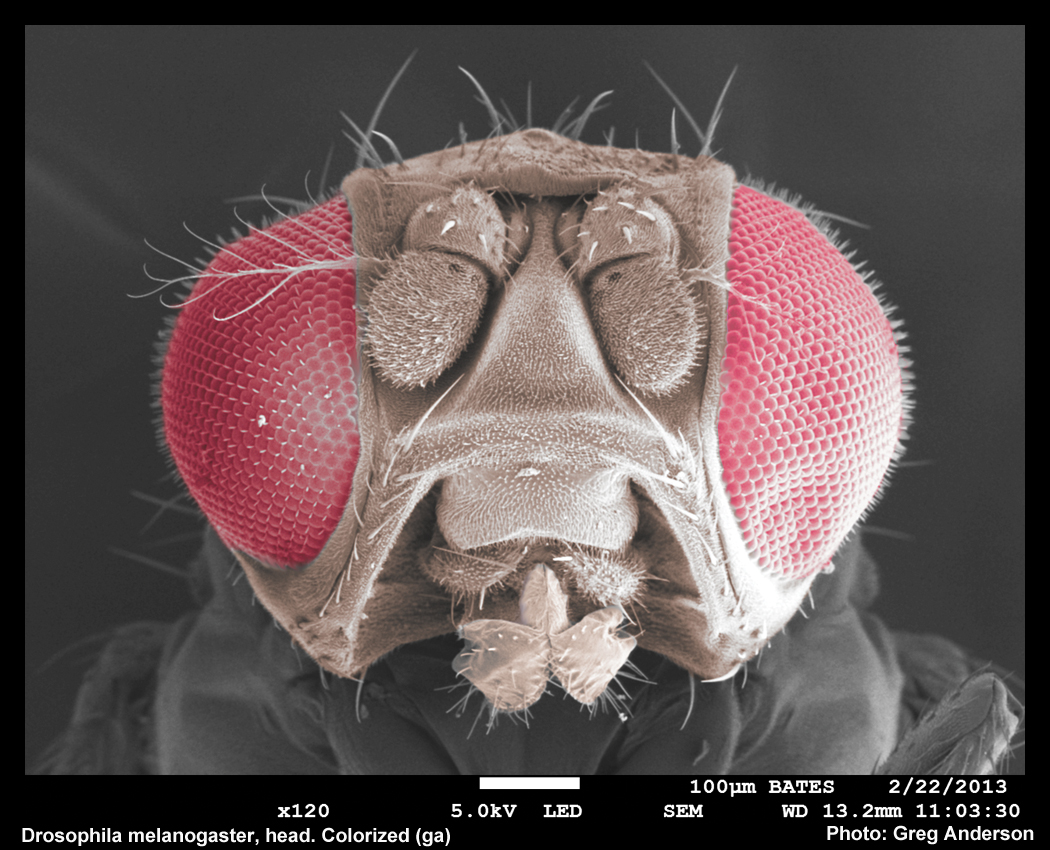

NHEs are electroneutral and exchange 1 Na + for 1 H +. The presence of cation/proton exchangers in eukaryotic cells was first proposed in 1961 by Mitchell as part of his chemiosmotic hypothesis, and these exchangers are now known to be important in pH homeostasis, cell volume regulation and transepithelial Na + transport ( Wakabayashi et al., 1997). The putative translations of the three genes mark them as distantly related members of the family, inviting the possibility that they may serve distinct roles in insects. All three genes ( DmNHE1 at cytological position 21B1, DmNHE2 at 39B1 and DmNHE3 at 27A1) were found by RT-PCR to be widely expressed, and one ( DmNHE2) was shown to have multiple transcripts.

Using a low-stringency homology searching, three members of the NHE family were identified in the genomic sequence of Drosophila melanogaster, although only two genes were represented as expressed sequence tags. Consistent with this, no degenerin/epithelial Na + channel (ENaC) genes could be detected in Malpighian tubules by reverse transcriptase/polymerase chain reaction (RT-PCR). The pharmacological sensitivity of the Drosophila melanogaster Malpighian tubule to a range of amiloride derivatives was shown to be consistent with an effect on an exchanger, rather than a Na + channel. The NHE family of Na +/H + exchangers is believed to play an essential role in animals, but may play an additional, specialised epithelial role in insects.


 0 kommentar(er)
0 kommentar(er)
